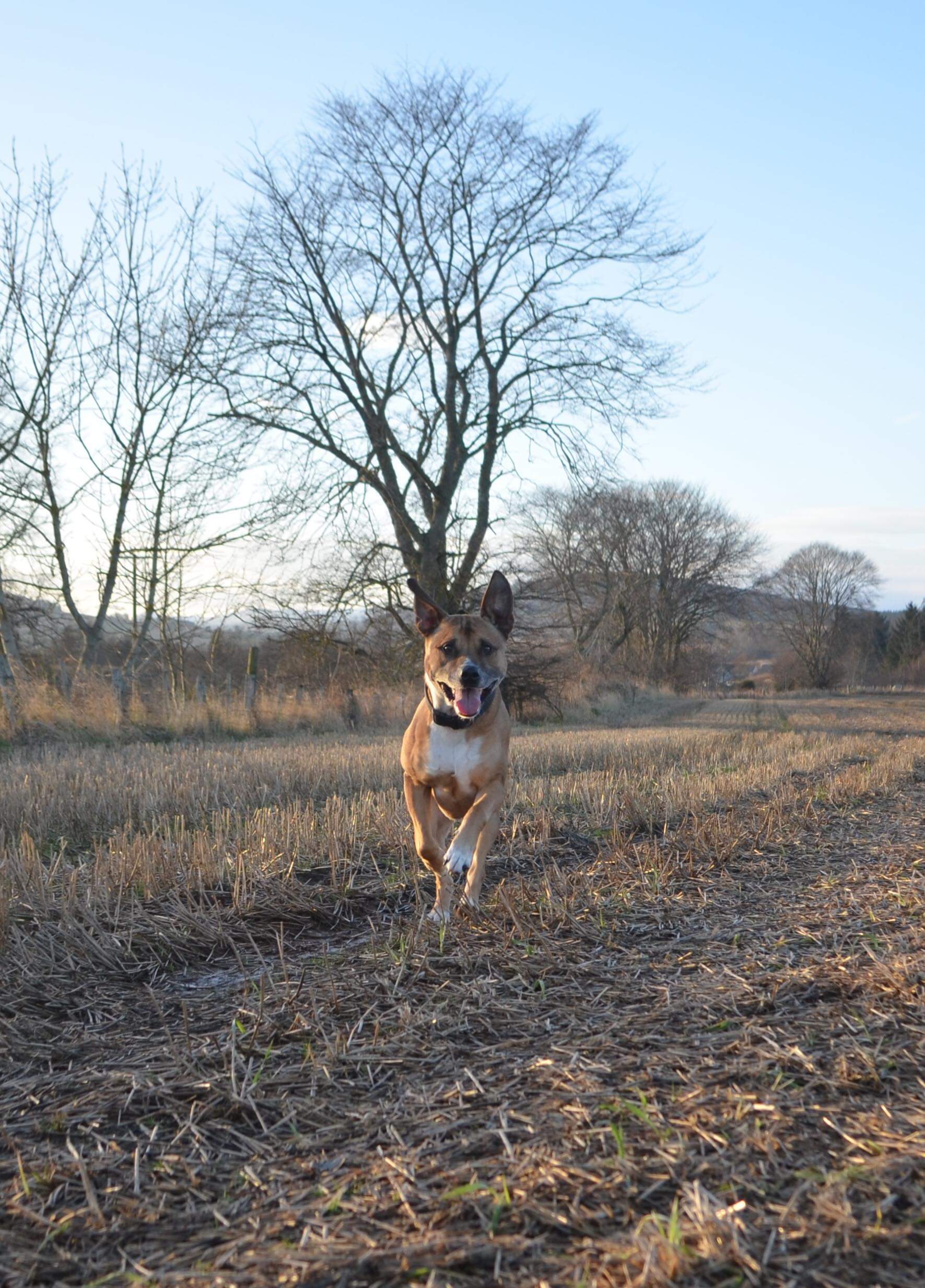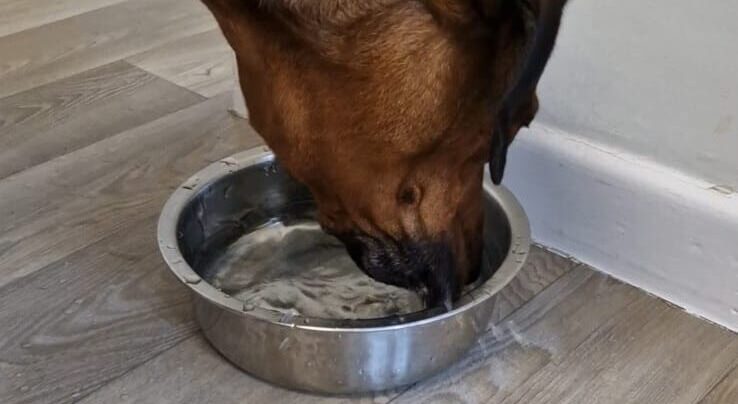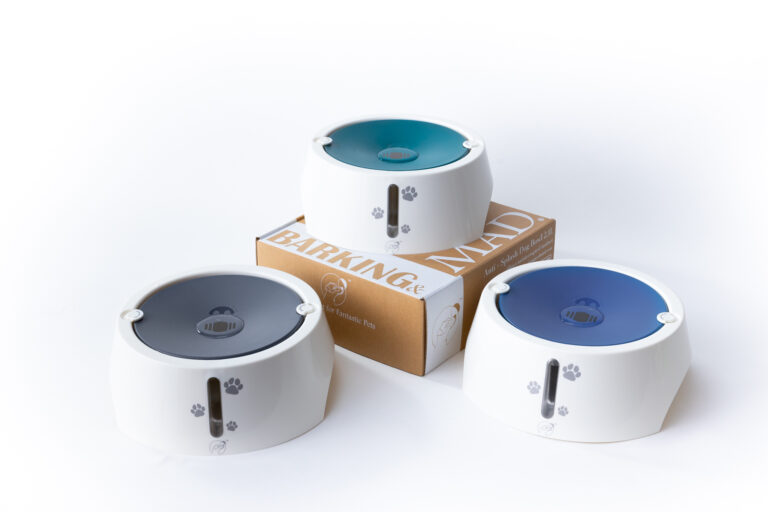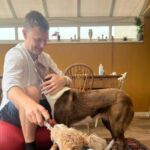Walking your dog should be fun for both of you. But when your dog pulls on the leash it can be a real pain.
I grew up with farm dogs, as you can expect they didn’t get put on a leash all that often. Trips to the beach and the odd trip to the Vet where always interesting.
Many dogs pull on the leash for many reasons, including my own. But with patience, consistency and the right techniques you can teach your dog to walk on a loose lead.
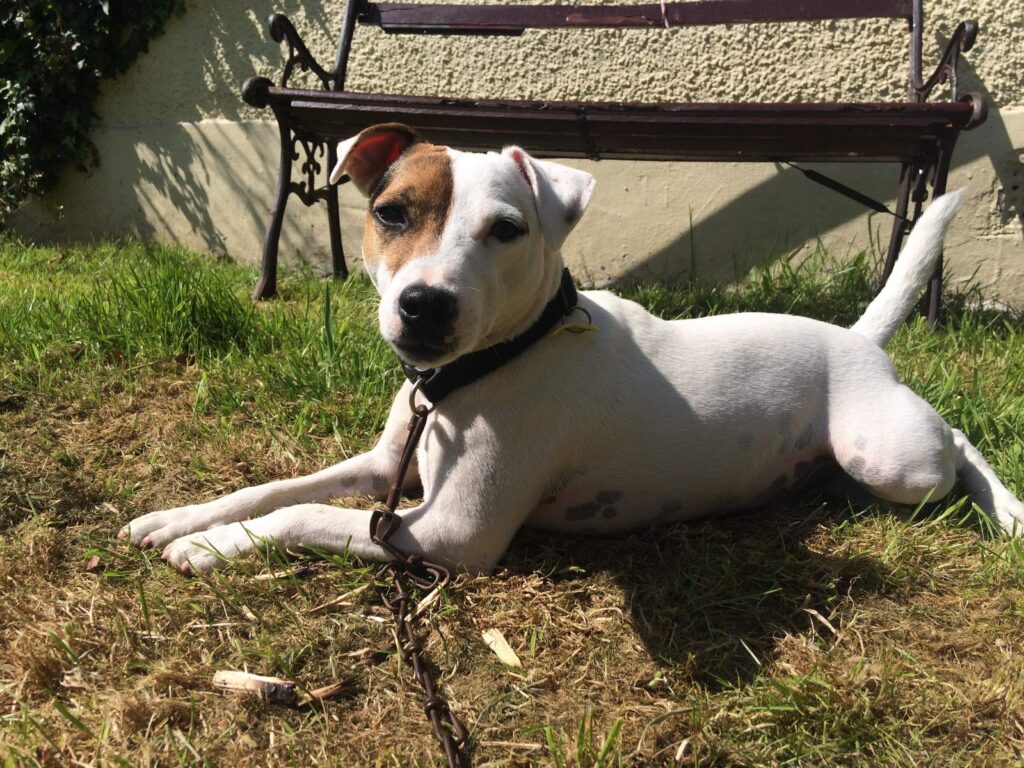
In this article i wanted to cover a few points that helped me train our farm dogs while being surrounded by distractions and other animals. We’ll look at why dogs pull on the leash and give you practical tips and training advice to enjoy your walks together.
Why Dogs Pull on Leashes
Dogs pull on the leash because they get excited, the sights, sounds and smells during a walk are just so stimulating. Some breeds pull because of their natural instinct to pull, especially those bred for tasks like sledding or hunting.
My dog was a lurcher
He loved to hunt and explore. He spent 98% of his life off a lead. Growing up on a farm gave him lots of freedom so putting him on a leash for a dog walk on the beach was an interesting experience!
Without leash training dogs don’t understand that pulling is not allowed and think it’s the quickest way to get where they want to go. Dogs pull to get to a destination, whether it’s a park, another dog or an interesting smell.
Pulling
Sometimes dogs pull on the leash because they’re anxious or scared, trying to get away from something that scares them or towards something that makes them feel safer. By understanding why dogs pull on the leash we can address the root of the problem and use the right training techniques.
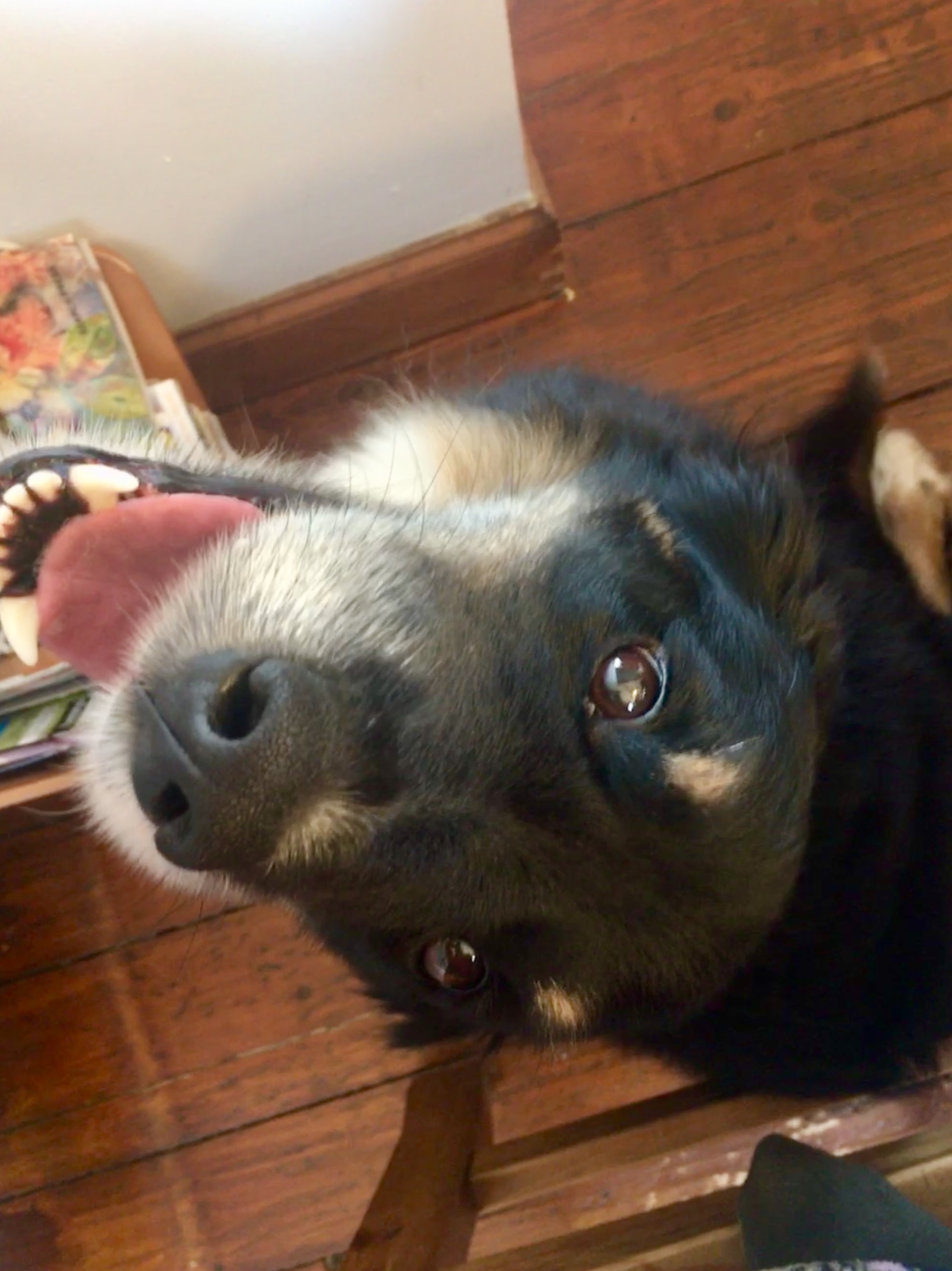
What You’ll Need for Loose Leash Walking
Before you start leash training make sure you have the right equipment to help make the training easier.
A flat collar is common but for dogs that pull a lot a front-clip harness can reduce pressure on the dog’s neck. A 4-6 foot leash is ideal, retractable leashes encourage pulling and give you less control.
Use small, high value treats to reward your dog for good behaviour during training. Most importantly be patient and consistent throughout the training process, these are the most important tools for any training.
Snippet my lurcher
Over time, Snippet my lurcher got used to dog walking on a leash, we rewarded him for good behavior and slowly he never pulled, the important thing we learned was to walk with him to things he took interest in.
Now and again he would pull to sniff something and I would allow him to walk closer, I wouldn’t do it all the time and the point was a little freedom in the start helped him get used to the lead and understand it wasn’t always a bad thing, it was associated with treats.
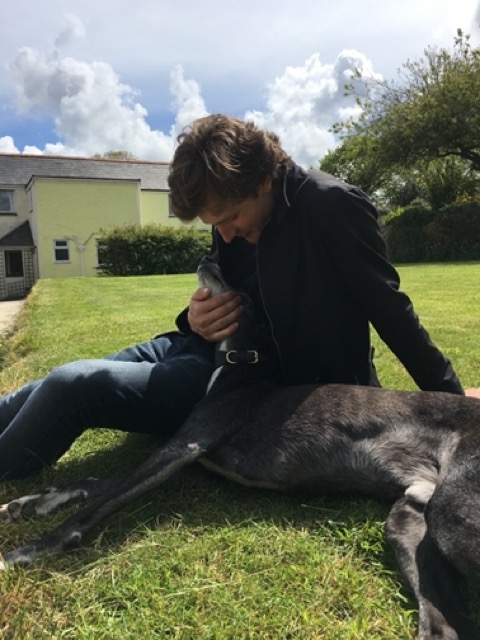
Training Techniques to Stop Your Dog Pulling
The Stop-and-Go Method
This method involves stopping whenever your dog pulls and only moving again when the leash is slack. Start by standing still when your dog pulls.
Wait patiently without moving until your dog looks back at you or the leash goes slack. When your dog stops pulling reward them with a treat and praise then start walking again at a slow pace. Repeat this process consistently. Your dog will learn that to pull means stop and a slack leash means move.
Preparation
Preparation is key, choose a quiet area with minimal distractions. When you start your walk and your dog pulls stop immediately.
Stand still and stay calm, hold the leash firm but not tight. Wait until your dog stops pulling and the leash goes slack. This may take a few seconds the first time but be patient. When the leash is slack reward your dog with a treat and start walking again.
Stop every time your dog pulls. Over time your dog will learn that pulling means stop and a loose leash means move. Use a marker word or clicker to mark the exact moment your dog’s behaviour is correct. Keep training sessions short to start with to avoid frustration and gradually increase the length of your walks as your dog improves.
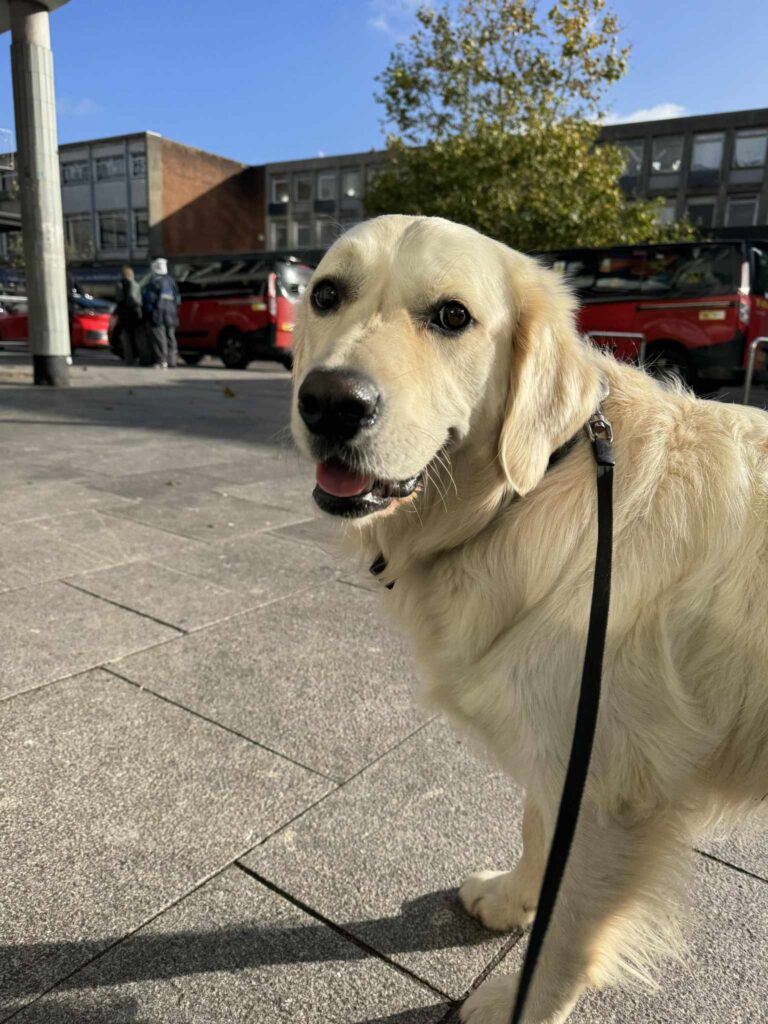
The Turnaround Technique
Changing direction can be a great way to get your dog’s attention and stop pulling. When your dog pulls turn around and walk in the opposite direction.
Preparation is key, make sure you have a leash that’s easy to handle and treats ready to reward good behaviour. Start walking in the direction you want to go. As soon as your dog pulls say a cue word like “turn” or “this way”. Pivot and start walking in the opposite direction.
Your dog will be surprised and will need to catch up to you. This will create tension on the leash and your dog will follow. When your dog follows and the leash goes slack reward them immediately with a treat and praise.
Loose leash
This will teach your dog that following you and having a loose leash means good things. Practice this technique throughout your walk. Every time your dog pulls turn around. Over time your dog will pay more attention to your movements and stay closer to you.
Rewarding Good Leash Manners – Great tool!
Positive reinforcement
Positive reinforcement is the key to teaching your dog to walk nicely. Whenever your dog walks with a slack leash reward them with treats and praise.
This will teach your dog that staying by your side is the desired behaviour. Use a marker word like “yes” or a clicker every time your dog is walking without pulling and immediately follow with a treat. Be consistent with your rewards.
You may need to reward frequently to start with but as your dog learns you can gradually reduce the frequency. In addition to treats use praise and petting to reinforce good behaviour.
Some dogs respond better to verbal praise and affection than treats. Use high value treats that your dog loves to make the reward more meaningful. Make sure to reward promptly to reinforce the connection between the behaviour and the reward.
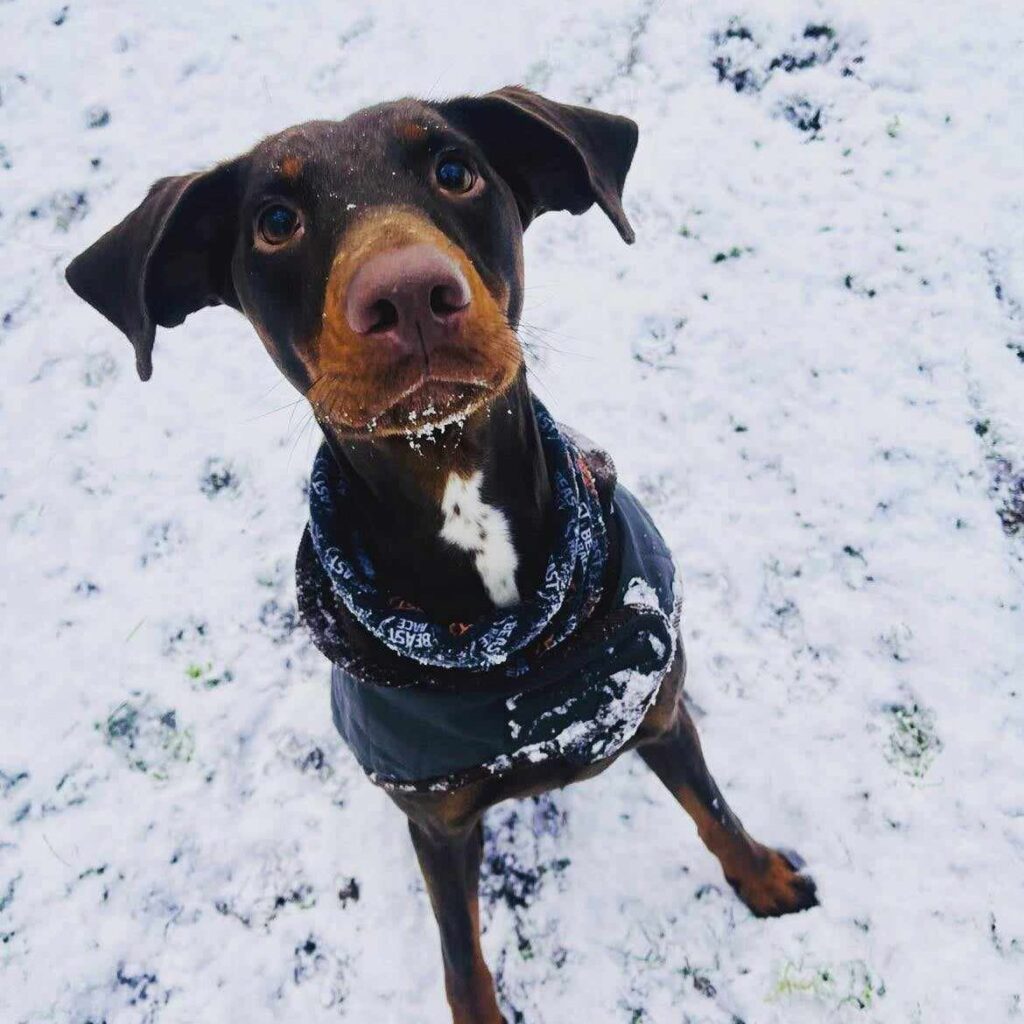
Distraction Training
Dogs pull because they are distracted by their environment. Teaching to focus on you can help with this behaviour. Use treats and verbal cues to get your dog’s attention.
Practice attention commands like “look” or “watch me” to help focus on you and not distractions. Start distraction training in a quiet controlled environment like your home or backyard.
High value treats
Use high value treats to get your dog’s attention. Hold a treat in front of your dog’s nose and slowly bring it up to your face while saying “look” or “watch me”. When your dog makes eye contact reward them with the treat.
Once they are responding to the attention command at home, gradually introduce distractions. Start with mild distractions like someone walking by at a distance. Reward your dog for keeping eye contact despite the distraction.
Move to more challenging environments like your front yard, a quiet park and eventually busier areas. Keep the sessions short and positive and gradually increase the level of distractions.
During walks use the attention command every time your dog becomes distracted or is about to pull.
Reward them for focusing on you
Reward them for focusing on you not the distraction. Consistently practicing attention commands in different environments will help learn to focus on you even in distractions.
Advanced Tips for Persistent Pullers
Some dogs may need more advanced techniques to stop pulling. If your dog pulls due to excitement or anxiety around distractions, gradual exposure can help.
Use the same commands and techniques consistently. This will help know what’s expected. Establish a regular walk routine to help your dog know what to expect and feel more secure. Continue to use positive reinforcement to encourage good behaviour.
Professional trainer
If your dog still pulls despite your efforts, seek help from a professional trainer. A trainer will create a training plan specific to your dog’s needs.
Trainers will provide expert guidance and help you understand and address the underlying causes of your dog’s pulling behaviour. Working with a trainer will give you ongoing support and accountability so you can stay consistent with your training.

Keeping Good Leash Manners
Once your dog has learned to walk nicely, it’s important to keep these good habits. Continue to use loose leash walking regularly to reinforce good behaviour.
Keep using positive reinforcement to reward good behaviour during walks. Be prepared to adjust your training if your dog starts pulling again. Stay proactive with good leash manners. In our case we sometimes walked our dogs on the farm, especially before a trip somewhere they needed leading.
Making it a Positive Walk
Positive Walk
Making a walk positive goes beyond just stopping your dog from pulling. It’s about making walks enjoyable and enriching for your dog.
Mix up your walk routes to keep your dog engaged and prevent boredom. Exploring new environments can be mentally stimulating for your dog.
Dogs live in the moment and experience the world through their nose. Let your dog have some time to sniff and explore.
Designate specific times or areas during your walk where your dog can sniff around. Incorporate play and training into your walks to make them more interactive. Bring a favourite toy or do short training sessions to break up the walk and keep your dog focused on you.
Training exercises
Training exercises like practicing commands like “sit,” “stay,” “come” will keep your dog mentally engaged. Use toys or play games like fetch during your walk to add some fun. Use walks to bond with your dog. Engage with them, talk to them and make it enjoyable.
Socialisation
Socialisation is key to preventing leash pulling especially around other dogs and people. Introduce your dog to new environments, people and dogs gradually.
Controlled socialisation will help your dog become more comfortable and less likely to pull towards dogs or distractions. Make sure your dog’s interactions with new environments and other dogs are positive. This will help build their confidence and reduce anxiety related pulling.
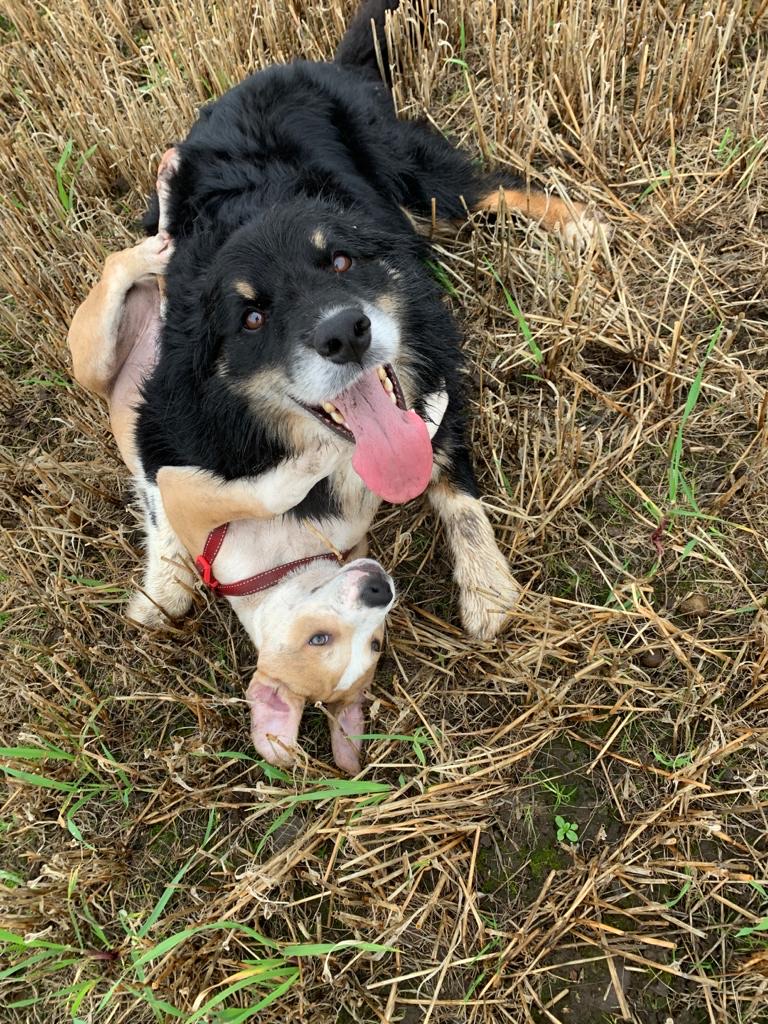
Your Dog’s Body Language
Understanding your dog’s body language will help you anticipate and manage leash pulling. Look for signs of stress or anxiety, such as panting, whining or pulling.
Body Language
If your dog is stressed, you need to address the underlying issue not just the pulling behaviour. Knowing when your dog is excited will help you manage their behaviour.
If your dog gets excited and starts pulling, use the techniques above to redirect their attention and calm them down.
Professional Dog Trainers
If you’re having trouble stopping your dog from pulling, working with a professional dog trainer can be very helpful. A professional dog trainer will create a training plan specific to your dog’s needs and behaviour. These can be found by a quick search on google and range in pricing, it really depends how far you want training to be done.
Trainers
Trainers will provide expert guidance and help you understand and address the underlying causes of your dog’s pulling behaviour. Working with a trainer will give you ongoing support and accountability so you can stay consistent with your training.
Training Equipment
The right equipment can make a big difference in controlling pulling. A front clip harness will redirect your dog’s forward motion and make pulling easier to manage. Head halters will give you more control over your dog’s head and reduce pulling.
But use them correctly and make sure your dog is comfortable wearing them. Retractable leashes will encourage pulling and give you less control. Stick to a standard leash for better control during walks.
Training a Puppy to Walk on a Leash
Start leash training early with a puppy to prevent future pulling issues. Introduce the leash and collar or harness in a positive way. Let your puppy wear them around the house to get used to the feeling. Keep training sessions short and fun.
Puppies have short attention spans so short frequent sessions are more effective. Use treats and praise to reward your puppy for walking nicely on a loose leash. Consistent positive reinforcement will help them learn good leash manners.
I would recommend reading the below blog that covers literally everything you need to know.
Patience and Consistency
Every dog learns at their own pace and you need to stay committed to the training process.
Celebrate and reward small wins along the way. Acknowledge progress no matter how small and you’ll stay motivated and your dog will continue to improve. Dogs can sense our emotions. Stay calm and positive during training and it will create a better learning environment for your dog.
Training doesn’t stop
Training doesn’t stop once your dog learns to walk nicely on a leash. Continuous learning and reinforcement of good behaviour is key to maintaining leash manners.
Final
Walking your dog should be enjoying not a fight. By understanding why dogs pull on leashes and using consistent training techniques you can teach your dog to walk calmly and confidently on a loose leash. Remember patience and consistency is key.
Celebrate the progress you make together and enjoy the bonding time that walks give.
With the right approach you and your dog can look forward to many more happy and stress free walks. Happy walking!
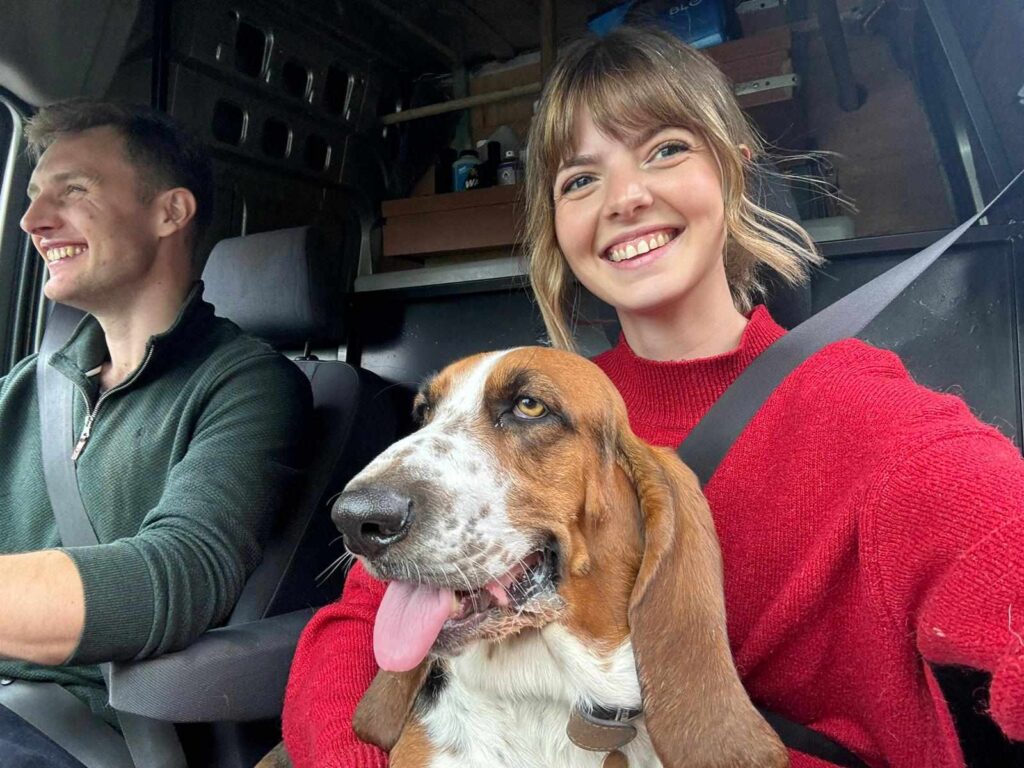
Hope that helps! Reach out if you have any questions or need more help. Let’s help each other out and raise happy dogs! 🐾

